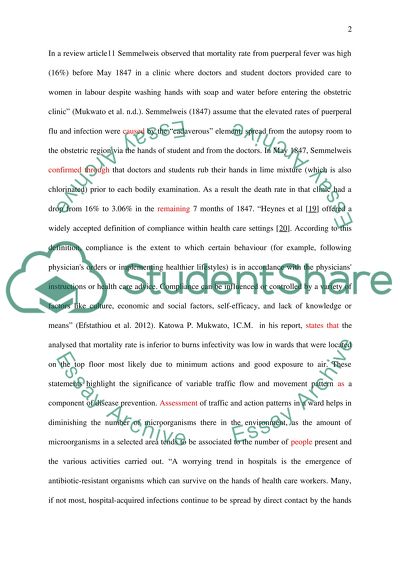Cite this document
(“Hand Wash Essay Example | Topics and Well Written Essays - 2000 words”, n.d.)
Retrieved de https://studentshare.org/nursing/1446848-hand-wash
Retrieved de https://studentshare.org/nursing/1446848-hand-wash
(Hand Wash Essay Example | Topics and Well Written Essays - 2000 Words)
https://studentshare.org/nursing/1446848-hand-wash.
https://studentshare.org/nursing/1446848-hand-wash.
“Hand Wash Essay Example | Topics and Well Written Essays - 2000 Words”, n.d. https://studentshare.org/nursing/1446848-hand-wash.


